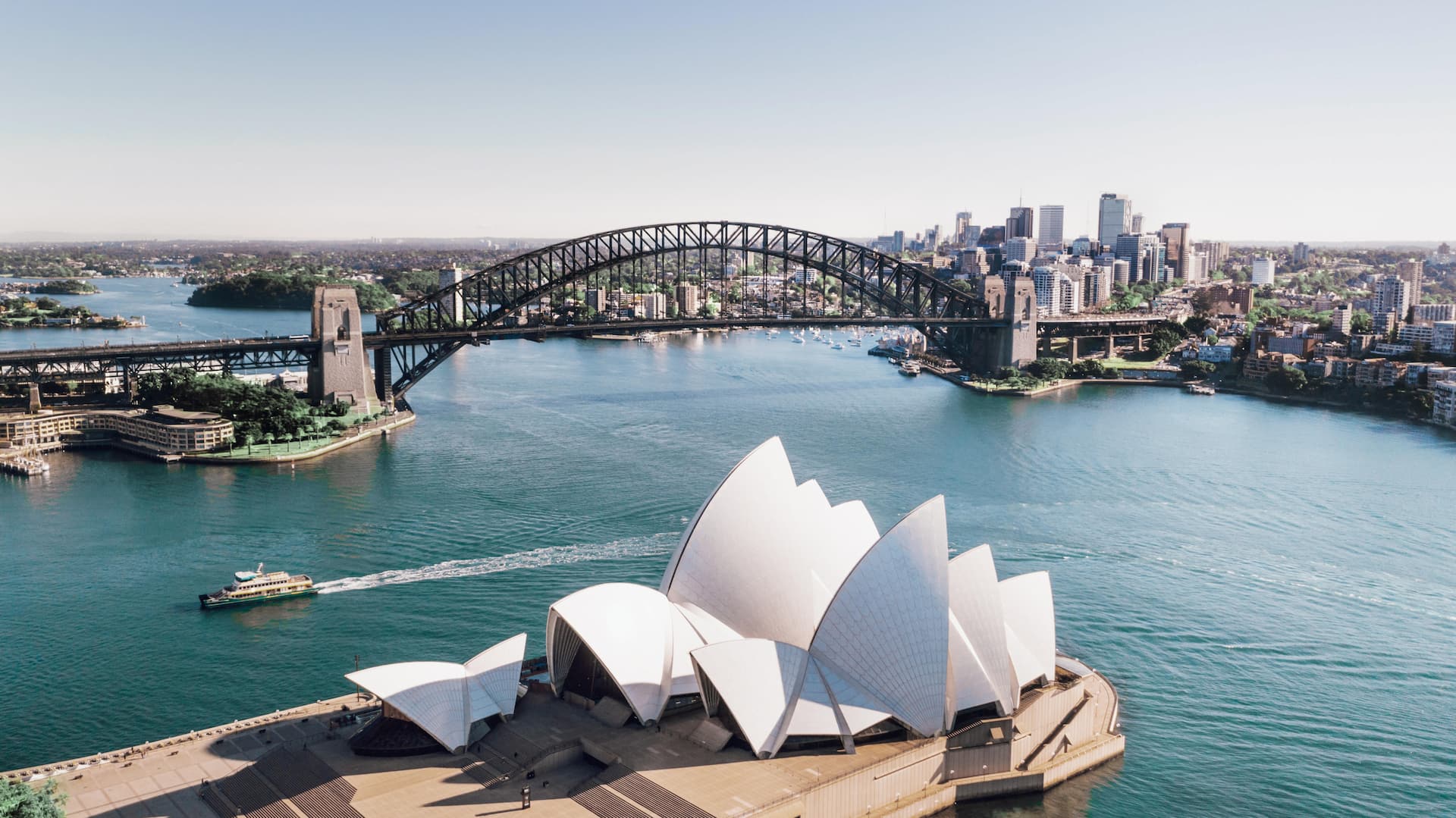A stock order is an instruction to buy or sell a particular share at the best price. There are several kinds of stock orders that investors may utilize. These can include ‘limit’ and ‘stop’ orders. You could use any of these to buy stocks in Australia. Sydney’s stock orders have terms and conditions attached, meaning they can be tailored according to the investor’s requirements.
Summary
show
shares at a pre-defined price. If the investor tries to profit by buying, they will set the limit price higher than the market value. If an investor is selling, they will put their limit price below the current market rate. Investors commonly use limit orders to ‘buy low, sell high’.

